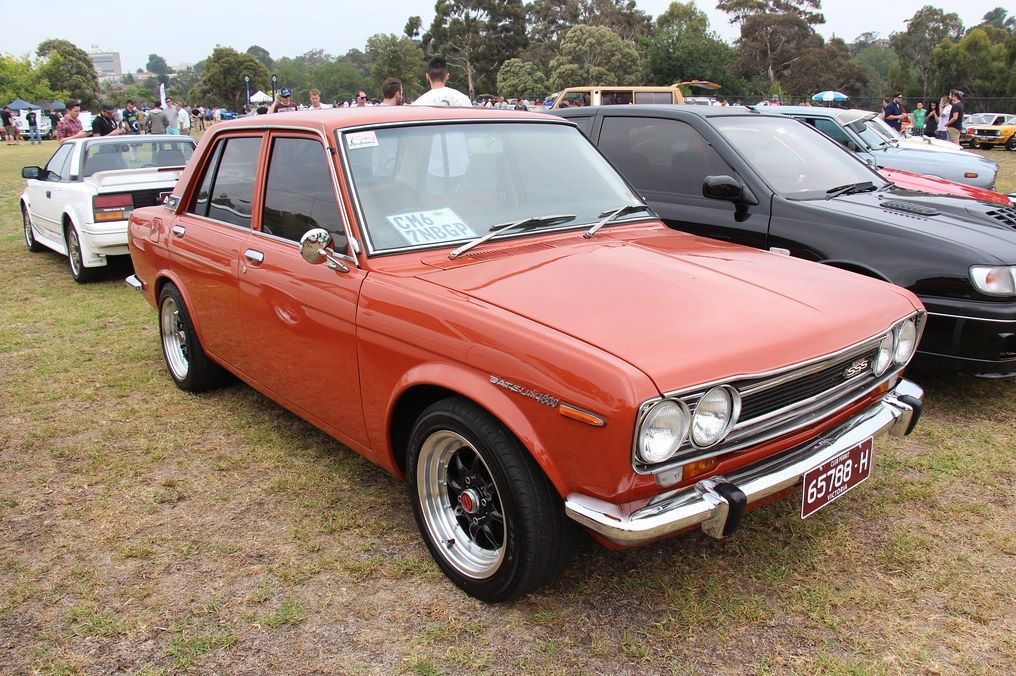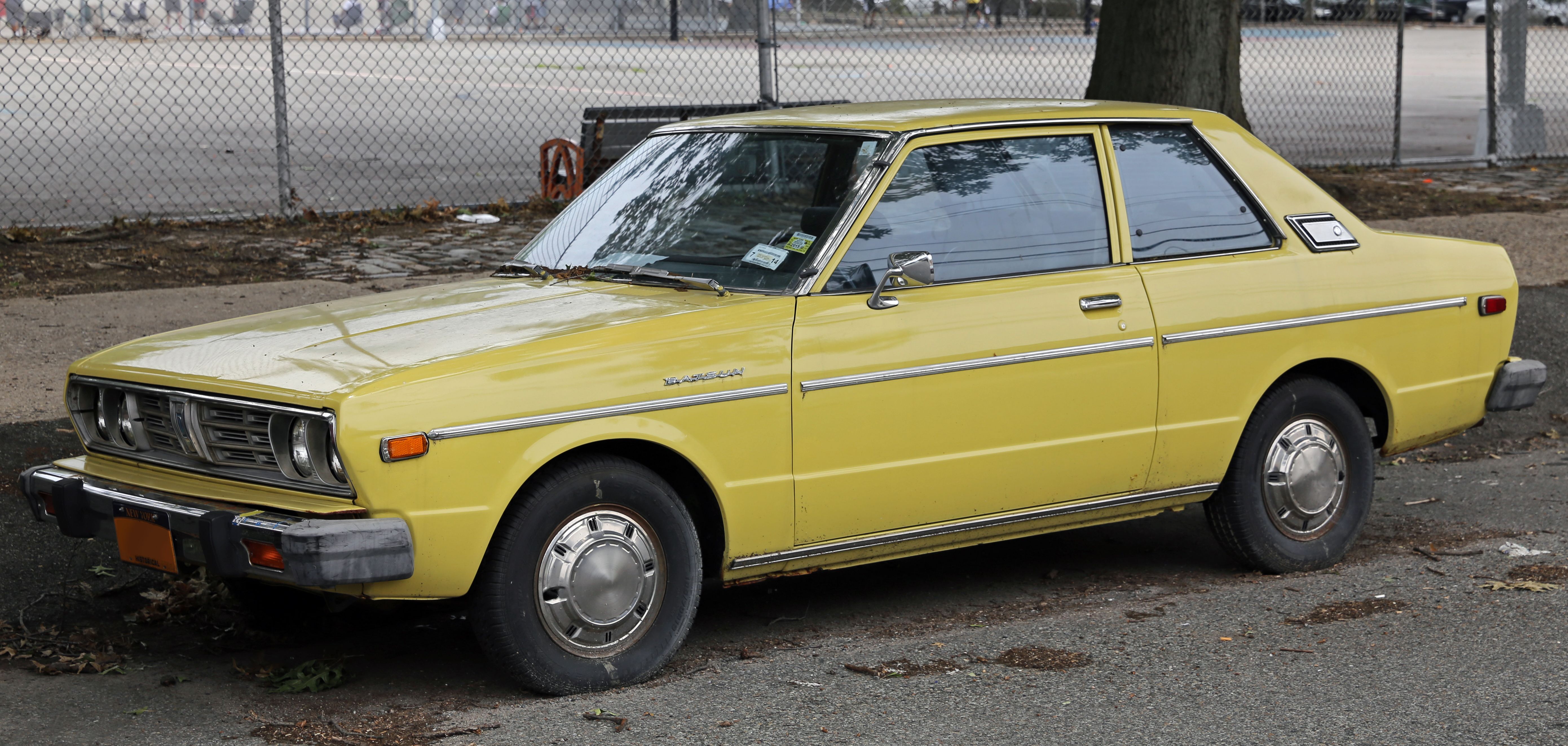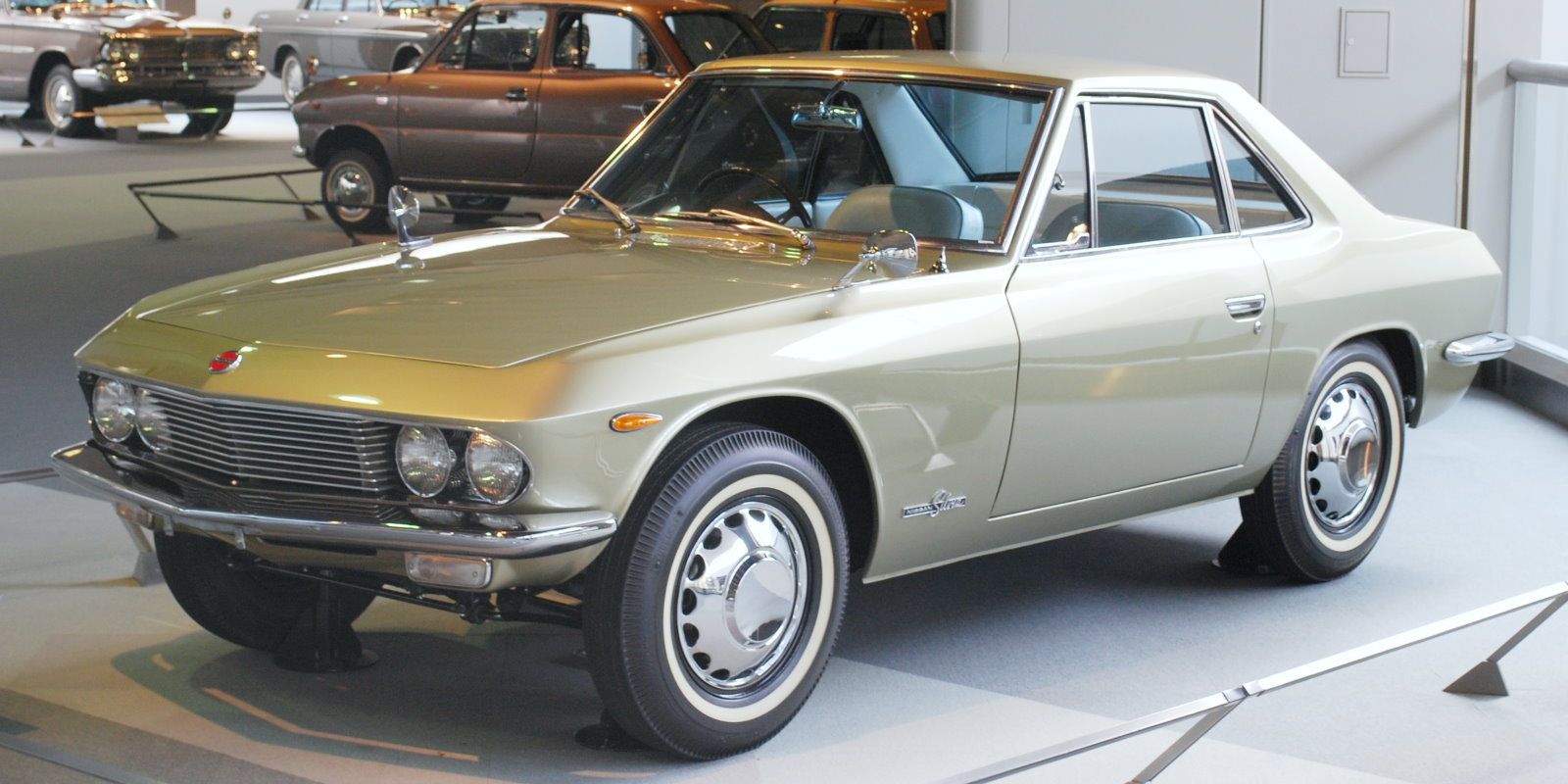Nissan has produced plenty of awesome rides over the years, from pre-1980s vehicles like the S130 and Silvia to the 1990s Skyline R33 to more recent models such as the fifth and sixth generations of the Altima. Nissan is also recognized for its EV range, with the brand's well-known Leaf model being one of the most successful electric cars globally.
The Japanese automaker released their first car in 1914, known as the DAT, and ever since, the automaker has produced a whole host of amazing cars and trucks.
But, say if it was 1979. What would have been considered the best Nissan rides in those years? Some of you may remember those days, while others were either too young or yet to be born. In a world on the brink of the 1980s, disco was hot, hippies were singing their last hurrah, the Vietnam War was a recent memory, and Jimmy Carter was at the helm.
Without further ado, let's head back to the late seventies and look at our favorite Nissan cars from before the year 1980.
The Datsun 150 Came With Various Options
The Datsun 510 was sold from 1968 to 1973. It was delivered outside the US and Canada as the Datsun 1600. At the time, Nissan USA president Yutaka Katayama spoke loudly and proudly of the engine, a design that had been generated via the company's acquisition, Prince.
When it was launched in October 1967, it was made available in the following body styles: the original four-door sedan, a two-door sedan, a two-door coupé, and a five-door station wagon.
The 510 (or 1600) range proved popular around the globe and paved the way for fantastic Nissan sales internationally in the years that followed. The Datsun that arrived in the US came with a Hitachi downdraft-carburetor 1.6-liter L-series I4 engine. It offered a gross power of 96 hp with a claimed top speed of about 100 mph. In addition, the Datsun 150 featured front disc brakes, rear-wheel drive, and the options of a four-speed manual or three-speed automatic transmission.
The two-door sedan, four-door sedan, and four-door station wagon models were appreciated for their exceptional functionality. The 150 attained about 20-30 mpg as the US factory trim. While there were also SSS models that offered upgraded instrumentation and inner trim, they weren't made available to the US market. The SSS models also came with applicable exterior badges. From 1970 onwards, all 150s sold in the US came with anti-sun glass to preserve good visibility for and protect the eyes of those inside.
The Datsun 510/1600 remains a famous car for automotive enthusiasts even now fifty years later, largely thanks to its inexpensive performance intermix and relatively straightforward mechanics.
The Nissan S130 (280ZX) Was An Awesome Ride
From 1978 to 1983, Nissan manufactured the Nissan S130 in Japan. This sports coupe, however, was sold under names such as the Nissan Fairlady Z Datsun 280ZX and Nissan Fairlady 280Z elsewhere.
Notably, it was the second generation Z-car, which substituted the Nissan S30 in late 1978. In 1979, the 280ZX was crowned Motor Trend's Import Car of the year. In 1984, the Nissan 300ZX was replaced with the 280ZX. The curb weight of the latter stood at around 2,800 lbs.
The 280ZX was a near-total redesign. It maintained just certain aspects of the 280Z, like the L28 inline-six engine and a few driveline factors. The 280ZX came with both two-seat and four-seat designs, as did the 280Z. However, the former was a heavier car with less emphasis on driving but more on driver comfort and sophistication.
The new ZX was defined by softer suspension, more comfortable seats, better sound insulation, and ample equipment, including high-end audio systems. Its emissions controls and aerodynamics had been markedly enhanced over the first generation of Z-cars.
The 280ZX' body was redesigned for aerodynamic purposes. However, the lift coefficient was decreased from 0.41 to 0.14 and the drag coefficient from 0.467 to 0.385. The new design had a virtually 50/50 weight distribution in the two-seater and 2+2 configurations and a lower center-of-gravity too. The car's rear was elongated to allow for a larger 80-liter capacity fuel tank. The new body design provided better fuel frugality as well as overall high-speed vitality.
The 280ZX initially provided either Datsun 810-derived recirculating-ball with power assistance or unassisted rack-and-pinion steering, although neither earned much appreciation in road tests at the time.
The new recirculating-ball steering system was substituted with a new power-aided rack-and-pinion for the 1981 turbo, becoming accessible on the normally aspirated models the following year. All in all, Nissan designers intentionally sacrificed raw acceleration for exceptional fuel economy in the 280ZX.
Nissan's Silvia Made Its Mark In the '60s And '70s
The Nissan S platform is another name for the Nissan Silvia, a series of sport coupes, which launched in 1976, albeit the original Silvia was produced separately from 1965 to 1968 until a new version arrived in 1975.
The Nissan Silvia CSP311 debuted as the "Datsun Coupe 1500" in September 1964 at the Tokyo Motor Show. The preliminary model was a hand-built coupe, taking inspiration from the Nissan Fairlady. The CSP311 came with a 1.6-liter Nissan R series engine that produced up to 96 hp.
Twin SU carburetors were equipped and proved extremely functional for the engine. Each ride was unique, with their body panels being crafted by hand in a distinct manner. Most of the vehicles remained in Japan, although 49 examples were exported to Australia, and another ten went to other countries. In 1968, after a mere 554 units were made, production came to a halt.
Today, the car's purchase price is almost twice as much as the next model in the manufacturer's lineup at the time, which reflects the low production numbers and the fact that each car was unique.
The neat cars we've look at today are just a fraction of Nissan's capacity dating back to the '80s. Clearly, Nissan has produced some awesome vehicles in their time, and they continue to do so to this day, albeit even if they've had a rockier time in recent years.



.jpg)
